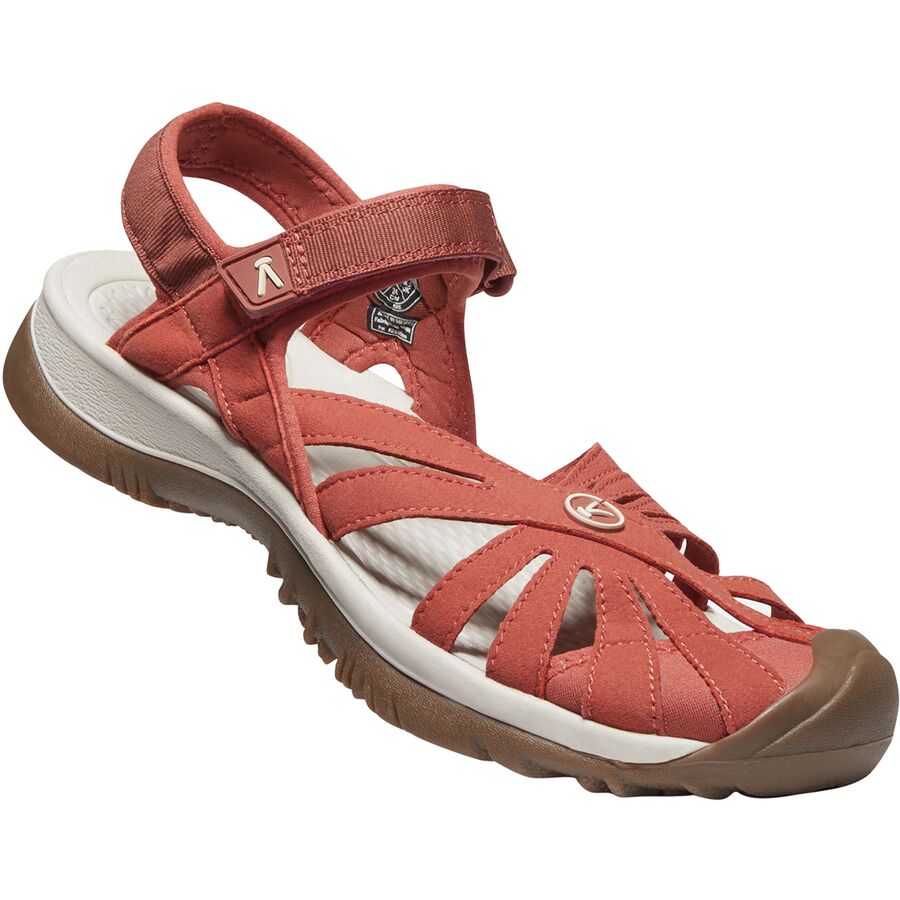Mesh Hiking Shoes For Outdoor Adventures

When venturing into the great outdoors, the right footwear can make all the difference between a successful, enjoyable hike and a disappointing, potentially hazardous one. Mesh hiking shoes have emerged as a popular choice among outdoor enthusiasts due to their unique blend of durability, breathability, and lightweight design. These shoes are designed to provide the necessary support and protection for hiking, while also ensuring that feet remain cool and dry throughout the journey.
Introduction to Mesh Hiking Shoes
Mesh hiking shoes are characterized by their upper material, which is made from a mesh fabric. This fabric allows for excellent airflow, facilitating the evaporation of moisture and reducing the risk of blisters and other foot irritations. The mesh material is often combined with other durable materials, such as leather or synthetic overlays, to provide additional support and protection against abrasive elements encountered on hiking trails.
Key Features of Mesh Hiking Shoes
Several key features make mesh hiking shoes an attractive option for outdoor adventures:
- Breathability: The primary advantage of mesh hiking shoes is their ability to allow air to circulate around the feet. This feature is particularly beneficial in warm weather conditions, as it helps to prevent overheating and keeps feet dry.
- Lightweight: Mesh materials contribute to a lighter shoe, which can reduce fatigue during long hikes. The lighter weight also enhances mobility, allowing for a more natural stride.
- Quick Drying: Should the shoes become wet, either from crossing water or due to rain, the mesh fabric facilitates quick drying. This feature minimizes the risk of discomfort and potential foot health issues.
- Durability: Despite their lightweight nature, mesh hiking shoes are designed to be durable. They can withstand the rigors of hiking on various terrains, including trails with rocks, roots, and other obstacles.
- Support and Stability: Modern mesh hiking shoes are engineered to provide adequate support and stability, crucial for maintaining balance on uneven or slippery surfaces.
Comparative Analysis with Other Hiking Footwear
When deciding on the best hiking shoes, outdoor enthusiasts often compare mesh shoes with other types of footwear, such as boots or trail running shoes. Each has its unique advantages and best-use scenarios:
- Hiking Boots: Offer more ankle support and are generally more durable than mesh hiking shoes. They are ideal for more rugged terrains, colder climates, or when carrying heavy backpacks.
- Trail Running Shoes: Designed for speed and agility, these shoes are lighter and more flexible than mesh hiking shoes. They are perfect for running or fast hiking on smoother trails.
Expert Insights on Choosing the Right Mesh Hiking Shoes
Selecting the appropriate mesh hiking shoes depends on several factors, including the planned hiking terrain, climate, and personal preferences. Experts recommend considering the following:
- Terrain: For smoother, well-maintained trails, lighter mesh shoes might suffice. For more challenging terrains with rocks, steep inclines, or water crossings, shoes with more substantial support and waterproofing may be necessary.
- Weather: In warm, dry conditions, breathability is key. In wet or cold conditions, a water-resistant treatment or a waterproof membrane like Gore-Tex might be preferable.
- Distance and Load: Longer hikes or those with heavy backpacks may require shoes with more substantial support and durability.
Step-by-Step Guide to Buying Mesh Hiking Shoes
- Determine Your Hiking Style: Consider the types of hikes you plan to undertake most frequently.
- Research Different Models: Look into various brands and models, reading reviews and comparing features.
- Try Before You Buy: If possible, try on shoes in the afternoon, as feet tend to swell throughout the day.
- Check the Fit: Ensure there’s enough room in the toe box for your toes to wiggle, but not so much that your heel slips out.
- Consider Additional Features: Some shoes offer extra features like waterproofing, enhanced arch support, or better grip for specific terrains.
Future Trends in Mesh Hiking Shoes
The future of mesh hiking shoes looks promising, with advancements in materials and design expected to enhance performance, comfort, and sustainability. Some potential trends include:
- Sustainable Materials: An increasing focus on using eco-friendly materials that reduce environmental impact without compromising on quality.
- Customization: With advancements in technology, there might be more opportunities for customization, allowing hikers to tailor shoes to their specific needs and preferences.
- Integration of Technology: Shoes that integrate technology, such as GPS, step tracking, or alerts for potential hazards, could become more prevalent.
Practical Applications and Safety Considerations
While mesh hiking shoes offer numerous benefits, it’s essential to consider practical applications and safety:
- Terrain Adaptability: Understanding the limitations of mesh shoes on different terrains is crucial. For example, they might not provide enough protection on extremely rocky or icy paths.
- Weather Conditions: Being prepared for changing weather conditions, such as sudden rain or dropping temperatures, is vital.
- Foot Care: Regular foot care, including cleaning and drying the feet and shoes, can prevent infections and ensure comfort during extended hikes.
Myth vs. Reality: Mesh Hiking Shoes
There are several myths surrounding mesh hiking shoes, including the belief that they are too fragile for rugged hikes or that they offer no protection against the elements. However, reality shows that modern mesh hiking shoes are designed to be both durable and protective, with many models featuring waterproof membranes and robust materials that can withstand varied terrains and weather conditions.
Decision Framework for Purchasing Mesh Hiking Shoes
When deciding on mesh hiking shoes, consider the following decision framework:
- Identify Needs: Determine the primary use and expected conditions for the shoes.
- Evaluate Options: Research and compare different models based on features, user reviews, and brand reputation.
- Assess Quality: Look for indicators of quality, such as durable materials, good craftsmanship, and relevant certifications.
- Consider Budget: Set a budget and balance it against the need for quality and specific features.
- Make a Decision: Based on the evaluation, select the shoes that best meet your needs and preferences.
Conclusion
Mesh hiking shoes have become an indispensable part of many outdoor enthusiasts’ gear due to their unique combination of breathability, lightweight design, and durability. By understanding the key features, comparative advantages, and how to choose the right pair, hikers can enhance their outdoor experiences. As technology and materials continue to evolve, the future of mesh hiking shoes promises even greater performance, comfort, and sustainability, further solidifying their place in the world of outdoor adventures.
What are the primary benefits of mesh hiking shoes?
+The primary benefits of mesh hiking shoes include their breathability, lightweight design, and quick drying capabilities, making them ideal for warm weather hikes and trails with water crossings.
How do I choose the right mesh hiking shoes for my needs?
+Choosing the right mesh hiking shoes involves considering the terrain, weather conditions, distance, and load of your hikes. It’s also crucial to try on several models, read reviews, and prioritize features such as support, stability, and waterproofing based on your specific needs.
Can mesh hiking shoes be used in cold or wet conditions?
+While mesh hiking shoes are renowned for their breathability, they can be used in cold or wet conditions with the right treatment or technology. Look for shoes with waterproof membranes or apply waterproofing sprays to enhance their performance in such conditions.
What are some future trends in mesh hiking shoe technology?
+Future trends include the use of sustainable materials, customization options, and the integration of technology such as GPS and step tracking. These advancements aim to enhance performance, comfort, and the overall hiking experience.
How should I care for my mesh hiking shoes to extend their lifespan?
+To extend the lifespan of your mesh hiking shoes, regularly clean them with mild soap and water, dry them naturally, and apply waterproofing treatments as recommended by the manufacturer. Avoid extreme temperatures and abrasive cleaners.



